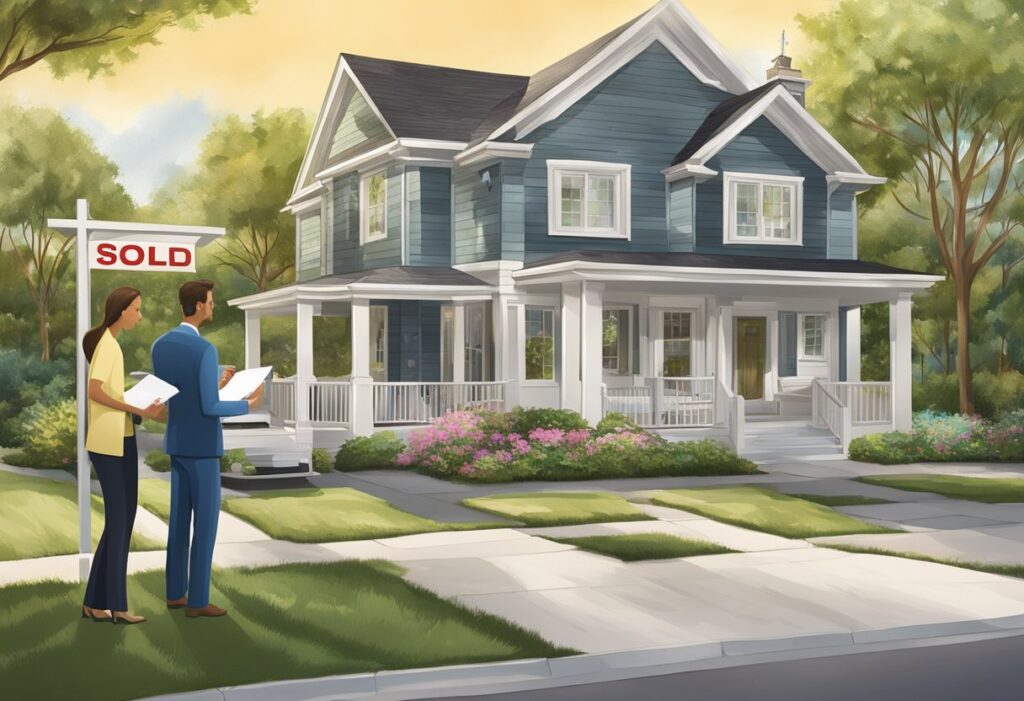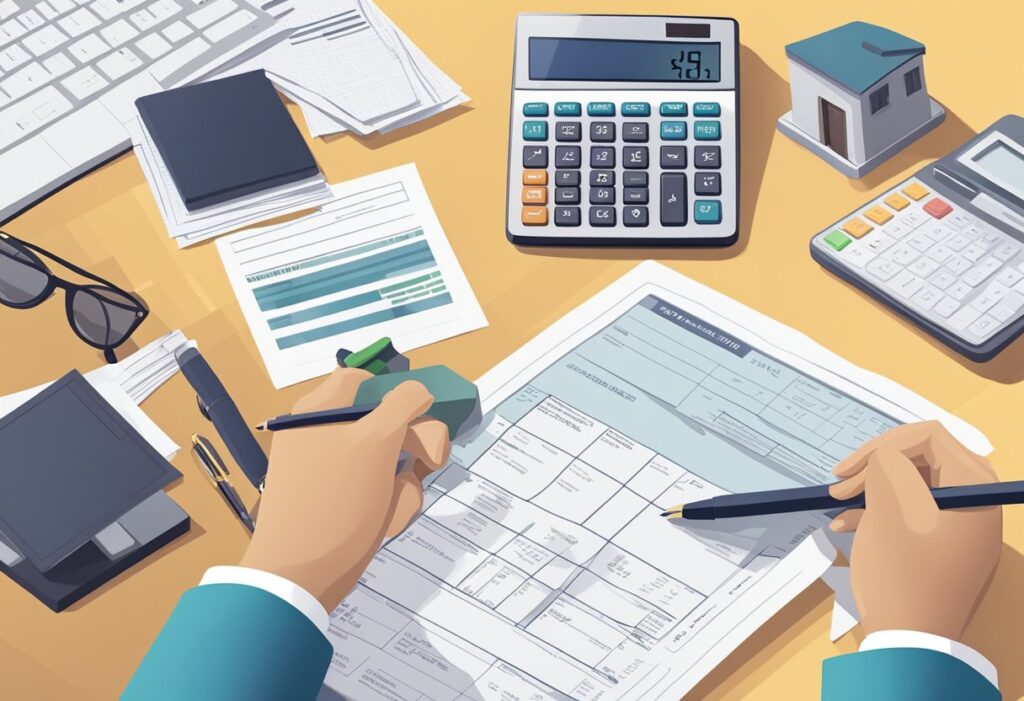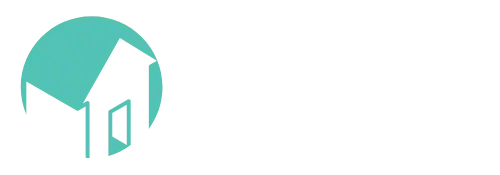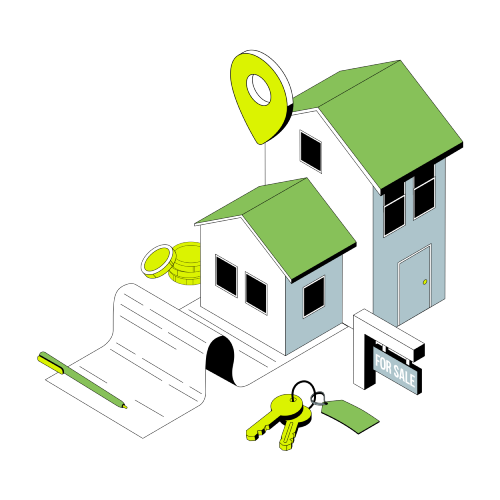Buying a house is often seen as a hallmark of personal and financial achievement. As I navigate the world of real estate, it becomes apparent that homeownership requires diligence, financial planning, and a solid understanding of the process. Whether I am a first-time home buyer or someone looking to invest in property, it’s essential to be well-informed about each stage of the home buying journey, from saving for a down payment to finally getting the keys to my new home.
Buying a house for dummies is a play on words. Ultimately it goes to say that you need to do a few things right to close the deal on your new home.
As explained by Best Edmonton Realtor, first saving for a down payment in Canada typically involves setting aside at least 5% of the home’s purchase price. The amount I save can significantly impact the terms of my mortgage and thus the overall cost of the home. As a prudent potential homeowner, I ensure that I am familiar with the requirements for different price ranges; for instance, homes priced between $500,000 and $1 million require a larger percentage for the amount above the initial half million. It’s also important to note that for homes valued at $1 million or more, the minimum down payment is generally 20%.
The path to homeownership is also paved with other important financial considerations. Understanding mortgages, credit scores, property taxes, and the various rebates and funding available for home renovations in Canada are crucial aspects of the process. These elements all play a role in how I prepare my finances for purchasing a house and maintaining it thereafter. By staying informed and making careful decisions, I step closer to successfully acquiring a property and enjoying the benefits of homeownership.
Buying a House For Dummies: Understanding the Home-Buying Process

When I guide you through the understanding of the home-buying process, my focus will be on practical steps: securing mortgage pre-approval, exploring listings to select your ideal home, and navigating the intricacies of making an offer and entering negotiations.
Getting Pre-Approved for a Mortgage
The first step I often recommend is obtaining a mortgage pre-approval. This process includes assessing my credit score and financial standing. In Canada, a healthy credit score can significantly influence the mortgage terms I am offered. By speaking with a financial institution about mortgage pre-approval, I not only determine my home affordability but also signal to sellers that I’m a serious buyer.
- Steps for Mortgage Pre-Approval:
- Gather financial documents (e.g., pay stubs, tax returns, employment verification).
- Check my credit score and credit report.
- Approach multiple lenders to compare rates and terms.
- Choose the most favourable pre-approval offer.
Exploring Listings and Choosing a Home
Next, I delve into the listings available on the market. Working with a real estate agent can provide me with expert insights into the current market trends and the valuation of homes. A step-by-step guide provided by a capable realtor like us at Best Edmonton Realtor, helps to choose a home that meets my needs and stays within budget. Selecting the right house is a crucial part of the buying process, requiring careful consideration of location, size, amenities, and potential for future growth or resale.
- Key Considerations When Choosing a Home:
- Location and neighbourhood
- Size of the home and property
- Local amenities and services
- Long-term investment potential
Making an Offer and Negotiations
Once I find a home that captures my interest, the next stage is to make an offer. This includes determining a fair but competitive bid price, often guided by my real estate agent’s advice. After submitting my offer, negotiations may follow if the seller counters. It’s important to remain flexible yet firm during negotiations, keeping in mind my maximum budget and any conditions (such as a home inspection) I need to include in the offer.
- Checklist for Making an Offer:
- Decide on an initial offer price.
- Consider contingencies (e.g., home inspection, financing).
- Prepare a deposit as a sign of good faith.
- Communicate effectively through my real estate agent.
Through these phases, my clear understanding of each step fortifies my confidence as I move closer to acquiring a property that fits both my aspirations and finances.
Financing Your Home Purchase

When I step into the venture of buying a home, understanding my financing options is crucial. I need to have a clear grasp of mortgages, interest rates, down payments, and the available government incentives that can make purchasing a home more achievable.
Understanding Mortgages and Interest Rates
Mortgages are essentially loans I use to purchase my home, and I’ll pay back the amount borrowed with interest over time. The interest rates on mortgages can be either fixed, where the rate does not change for the duration of the mortgage term, or variable, where the rate fluctuates with the market. It’s important for me to use a mortgage payment calculator to determine how different rates will affect my monthly payments and the total cost of my mortgage over time.
Assessing Down Payment and Closing Costs
The down payment is the initial amount I pay towards the cost of my home, with the remainder covered by my mortgage. In Canada, the minimum down payment starts at 5% of the purchase price. However, if I put down less than 20%, I’ll need to purchase mortgage default insurance, typically through the Canada Mortgage and Housing Corporation (CMHC). Additionally, I must be prepared for closing costs, which include various fees and taxes, often ranging from 1.5% to 4% of the home’s purchase price.
Exploring Government Programs and Incentives
Canada offers valuable government programs and incentives to ease the financial burden for homebuyers. The First-Time Home Buyer Incentive allows me to borrow up to 10% of the purchase price of a home, which can reduce my monthly mortgage payments. I might also consider the Home Buyers’ Plan (HBP) which lets me withdraw up to $35,000 from my Registered Retirement Savings Plan (RRSP) to buy or build a home without immediate tax penalties. The new First Home Savings Account combines the features of an RRSP and a Tax-Free Savings Account to assist me in saving for my first home. It’s important that I research and take advantage of these programs where eligible, as they could provide substantial financial relief during the homebuying process.
Evaluating Additional Costs and Considerations

Buying a house involves more than just the purchase price; I must consider additional costs that can significantly affect my budget. Here, I dissect these expenditures and key considerations to ensure financial readiness.
Home Inspection and Repair Considerations
During the buying process, it’s crucial for me to invest in a home inspection to check for any structural issues, electrical problems, or plumbing defects. Canada’s climate can be tough on homes, and I need to be vigilant. The cost of a home inspection usually ranges from $300 to $500, but it can save me from potentially expensive repairs in the future. If the inspection report does reveal problems, I can negotiate with the seller for repair costs or lower the purchase price of the home accordingly.
Legal Fees, Taxes, and Insurance
Legal fees in Canada are necessary to cover the services of a lawyer who will help me navigate the purchasing process and register my home. Lawyer fees can vary but expect to pay between $500 and $1,500. The land transfer tax is another significant expenditure calculated as a percentage of the property price, with some provinces offering a land transfer tax rebate for first-time homebuyers. For instance, in Ontario, land transfer taxes can be up to 2% of the home value. Furthermore, I must purchase title insurance to protect against potential title defects; this usually costs a few hundred dollars. Additionally, GST/HST applies to the sale of new homes but not resales, something I must consider in my budget.
Maintenance and Ongoing Homeownership Costs
After acquiring my property, I am responsible for its maintenance and repairs. For condos or townhouses, I must consider monthly condo fees, which are used for general upkeep of the building and can range widely depending on location and amenities. I’ll also need to account for annual property taxes and home insurance, which can vary based on home size and location, but they typically cost a couple of thousand dollars per year. Keeping an emergency fund for unexpected home maintenance is also a wise move to ensure that I am not caught off guard by these ongoing homeownership costs.







